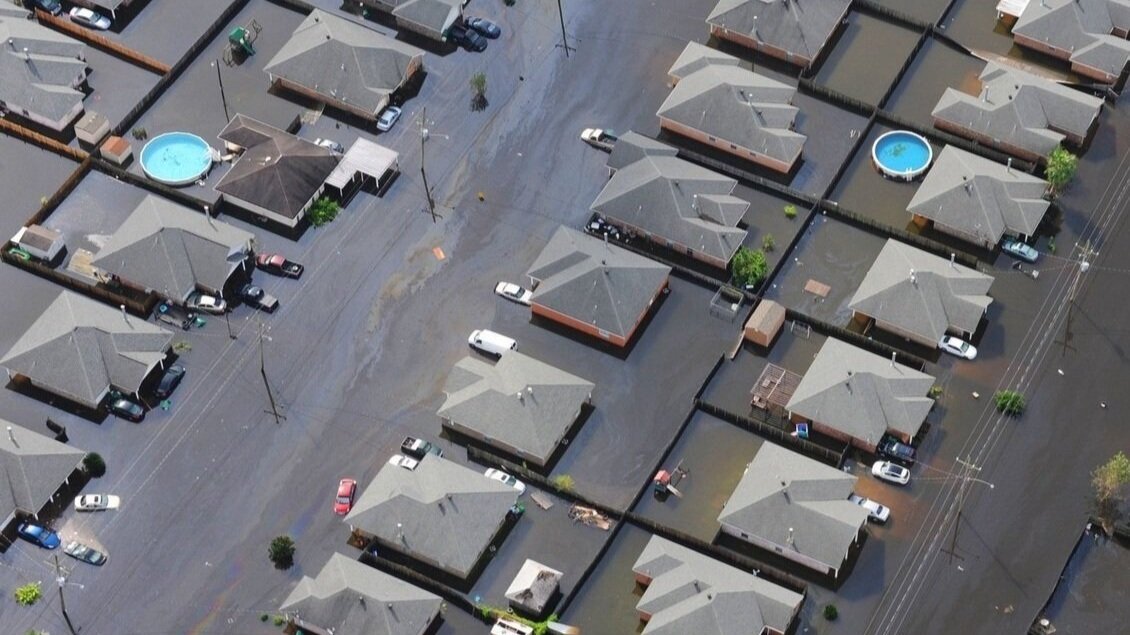Green Bank and Climate Resilience Solutions
Our Green Bank and Climate Resilience work revolves around two simple ideas:
Investing in environmental infrastructure is investing in climate.
The influx of climate funding should be leveraged in tandem with green banks to maximize benefits.
Why Nature and Climate?
Our focus is identifying how financing and funding can be tied to greater investments in environmental infrastructure – particularly via nature-based solutions (NBS). Nature-based solutions are critical – with estimates suggesting that NBS can provide 37% of the mitigation needed to achieve the 2030 targets of the Paris Agreement.
While investments in the clean energy and transportation sectors are vital, they are not sufficient. This is why building resilience via investments in the water, forestry & land conservation, and agriculture sectors should be an objective of green banks and other institutions. For example, agriculture is responsible for 11% of all greenhouse gas emissions, while conversely the land sector absorbs the equivalent of about 13% of the country’s GHG emissions (mostly from forests).
Currently, there is a once-in-a-generation influx of funding available for climate solutions. However, maximal impact will not come from simply plugging in grant funding on a dollar-for-dollar basis. Instead, every available dollar should be leveraged to maximize its potential by using that grant funding to supplement private and public financing mechanisms. Green banks have long touted their ability to leverage public funds into additional investment. For example, the Connecticut Green Bank estimates that through financing it multiplies the impact of each public dollar it receives by a factor of 7x. This type of multiplied impact is what will be needed to bring our collective resilience goals to fruition.
The most relevant example of this is the Inflation Reduction Act’s Greenhouse Gas Reduction Fund (GGRF), which provides up to $27 billion in financing capacity to green bank-type entities to reduce greenhouse gas emissions, with at least 40% going to low-income and disadvantaged communities. A key objective of this funding is to mobilize private capital. Other sources of funding, such as grants, can be leveraged to increase the size of these investments.
Why Quantified Ventures and Green Banks?
Quantified Ventures’ proven ability to develop financial models, structure blended capital solutions, and mobilize private capital for climate and environmental projects can support institutions who are working to drive environmental and community benefits. This includes green banks, state resilience offices, and other similar organizations that have access to capital but are seeking guidance on implementation.
QV supports these organizations through a range of services, including:
Program design and implementation
Pipeline development
Calculating outcomes and metrics
Identifying demand
Stakeholder engagement
Financial structuring.
These services can be applied to a wide range of ecosystem services that your organization may lack expertise in – including agriculture, land conservation, natural landscapes, green stormwater infrastructure, water, and more. Financing from the GGRF can leverage funding sources that already exist for natural infrastructure, such as State Revolving Funds, Conservation Innovation Grants, and State Revolving Funds.
Who Do We Support?
Quantified Ventures works with green banks, state resilience offices, and related organizations to leverage public funds and private capital to finance environmental infrastructure that builds climate resilience.
How Do I Learn More?
For more information contact Mike Crowley at mcrowley@quantifiedventures.com.
Our Green Bank and Climate Finance Work
Quantified Ventures and Coalition for Green Capital will select six (6) existing green banks to receive grant funding (~$50,000/grantee) and technical assistance to build a pipeline of clean and equitable water infrastructure projects that will directly benefit disadvantaged communities.
Support from the Robert Wood Johnson Foundation is enabling this work and the partnership between the Coalition for Green Capital and Quantified Ventures to design, capitalize, and scale equitable water infrastructure.
Quantified Ventures and the Duke Nicholas Institute for Energy, Environment, and Sustainability collaborated on this report about how green banks can be leveraged to advance nature-based solutions (NBS), actions to protect, manage or restore natural or modified ecosystems that address societal challenges, simultaneously benefiting people and nature.
PDF Report | YouTube Video
This blog by Matt Carney recommends two key actions for the U.S. EPA’s Greenhouse Gas Reduction Fund (GGRF) to realize its full potential to reduce emissions, mobilize private capital, and address historic environmental inequalities.
1. Broaden GGRF scope to enable financing of nature-based projects
2. Capitalize a national green bank and empower it to leverage the full array of funding opportunities
In 2021, the state of Connecticut expanded the scope of the Connecticut Green Bank (CGB). Under its new charter, the CGB is empowered to finance improvement projects related to water, agriculture, climate adaptation and resilience, land conservation, waste and recycling, and parks and recreation, in addition to its original mandate of projects focused on residential solar and energy efficiency. QV partnered with CGB to facilitate this transition.
Damon Burns of Finance New Orleans spoke with Water Loop about our work on a Community Impact Bond to provide capital for Finance New Orleans to support urban infrastructure investments with positive environmental, social, and health outcomes. The video will start at 14:19 with more details about our collaborative effort.
This report, commissioned by the Environmental Defense Fund, evaluates best practices from State Revolving Funds to support market- and nature-based approaches to flood risk reduction and water quality improvement. These best practices are applicable to the Federal Emergency Management Agency (FEMA) because the Safeguarding Tomorrow through Ongoing Risk Mitigation (STORM) Act authorizes FEMA to establish hazard mitigation revolving funds to reduce risks from disaster, natural hazards, and other related environmental harm.







